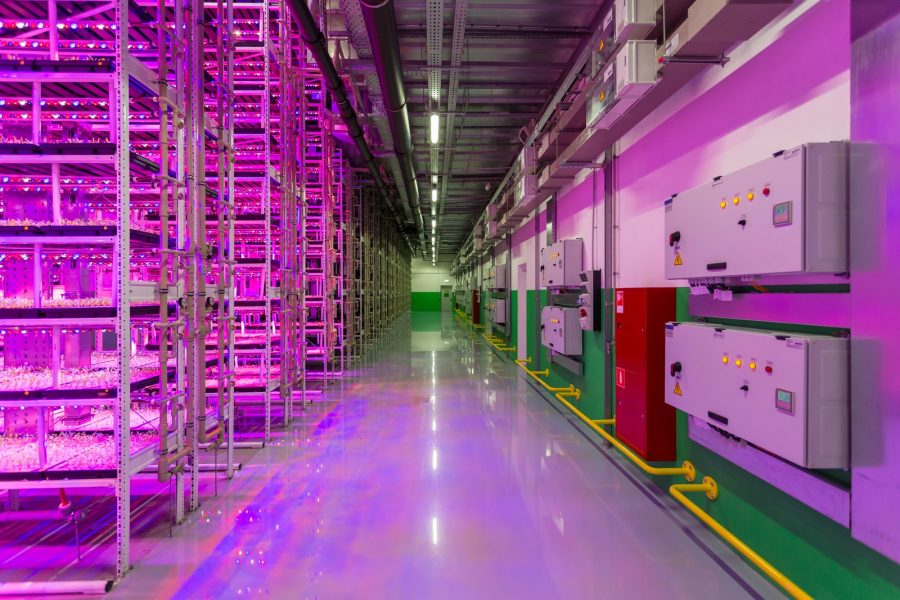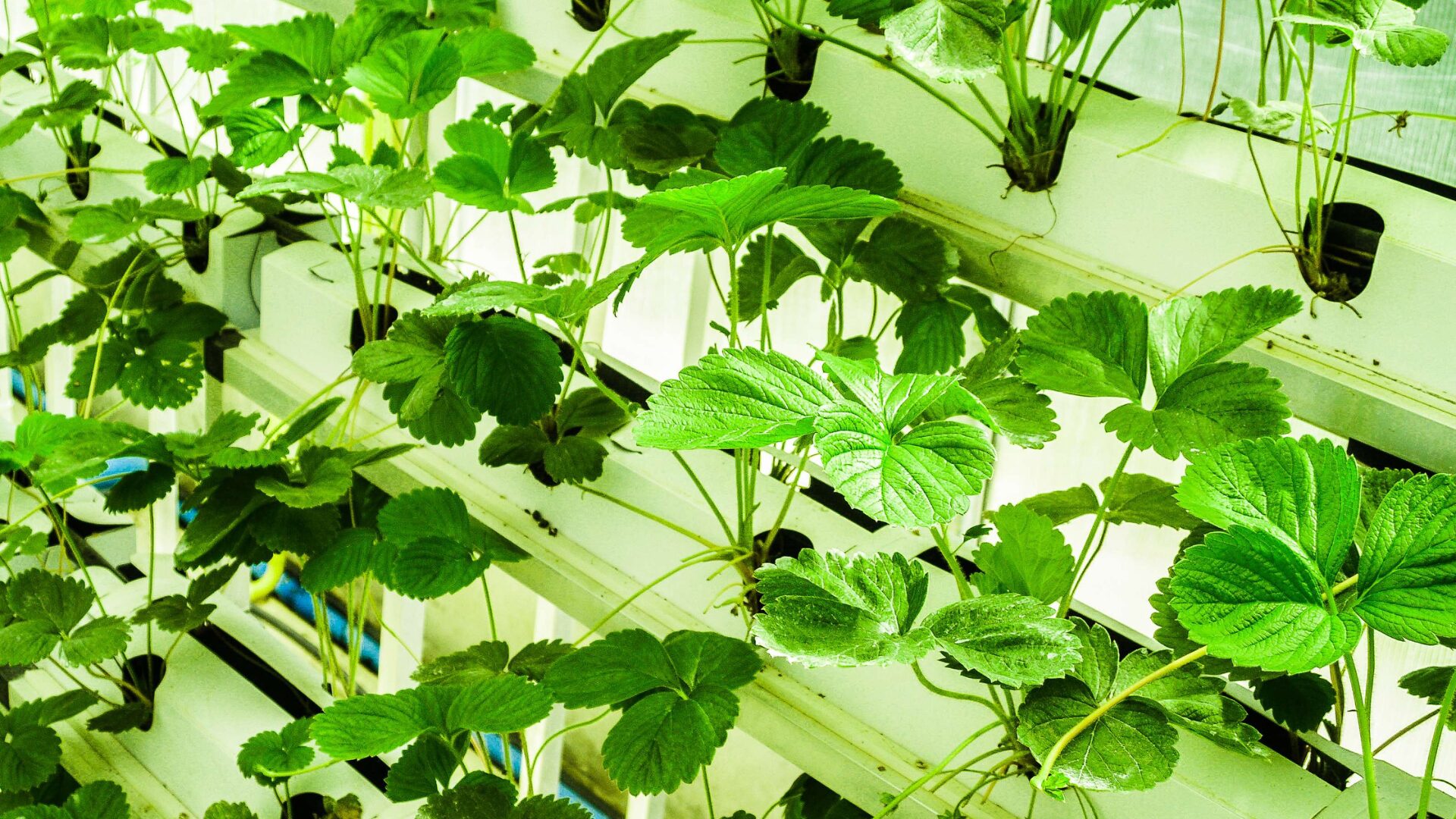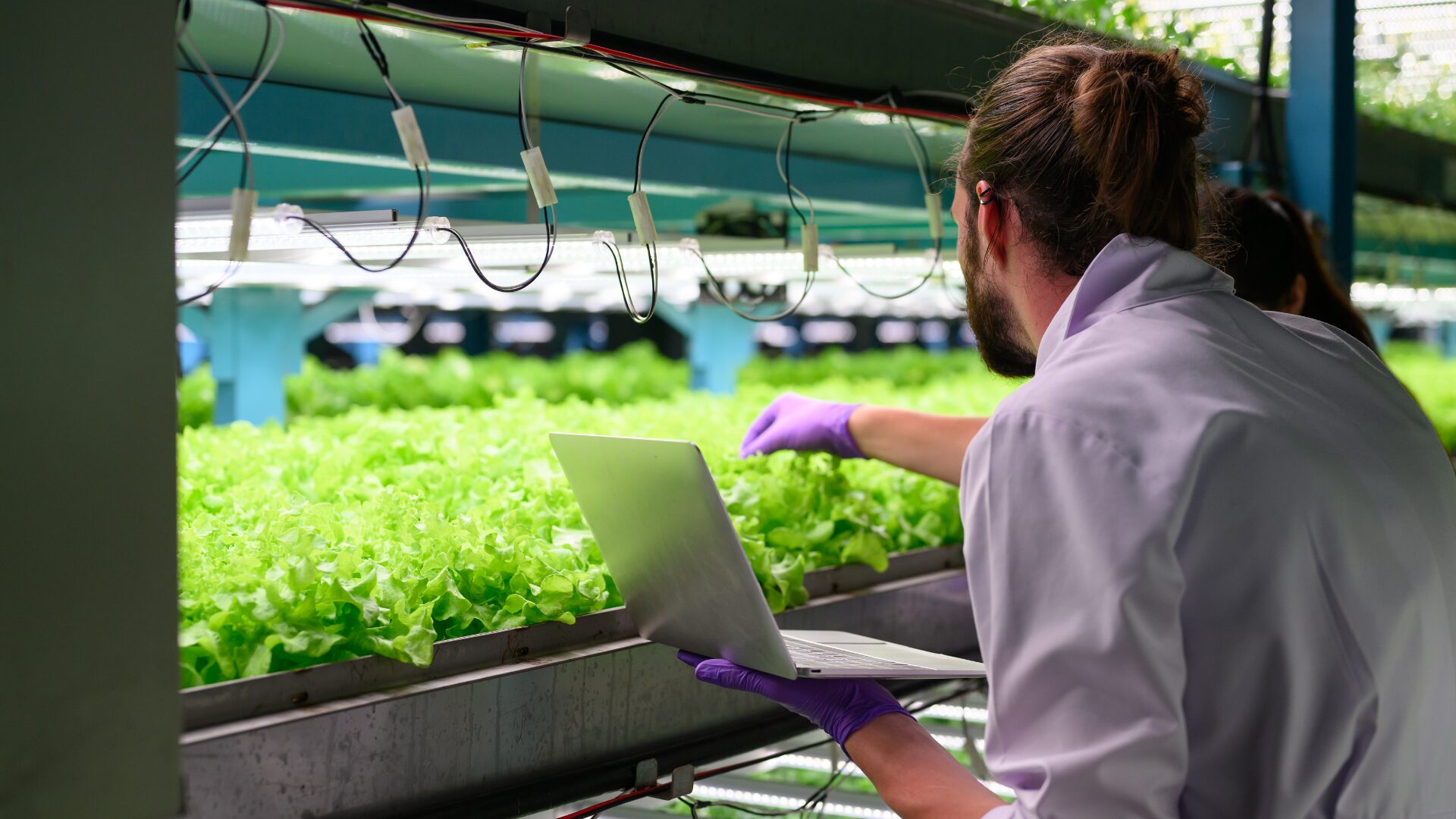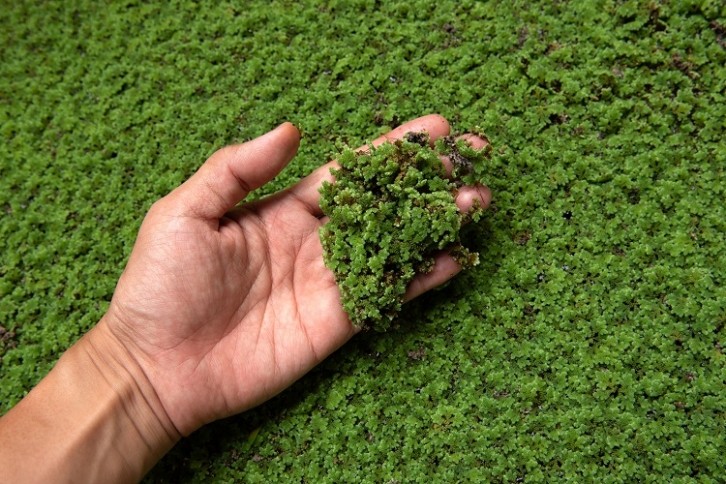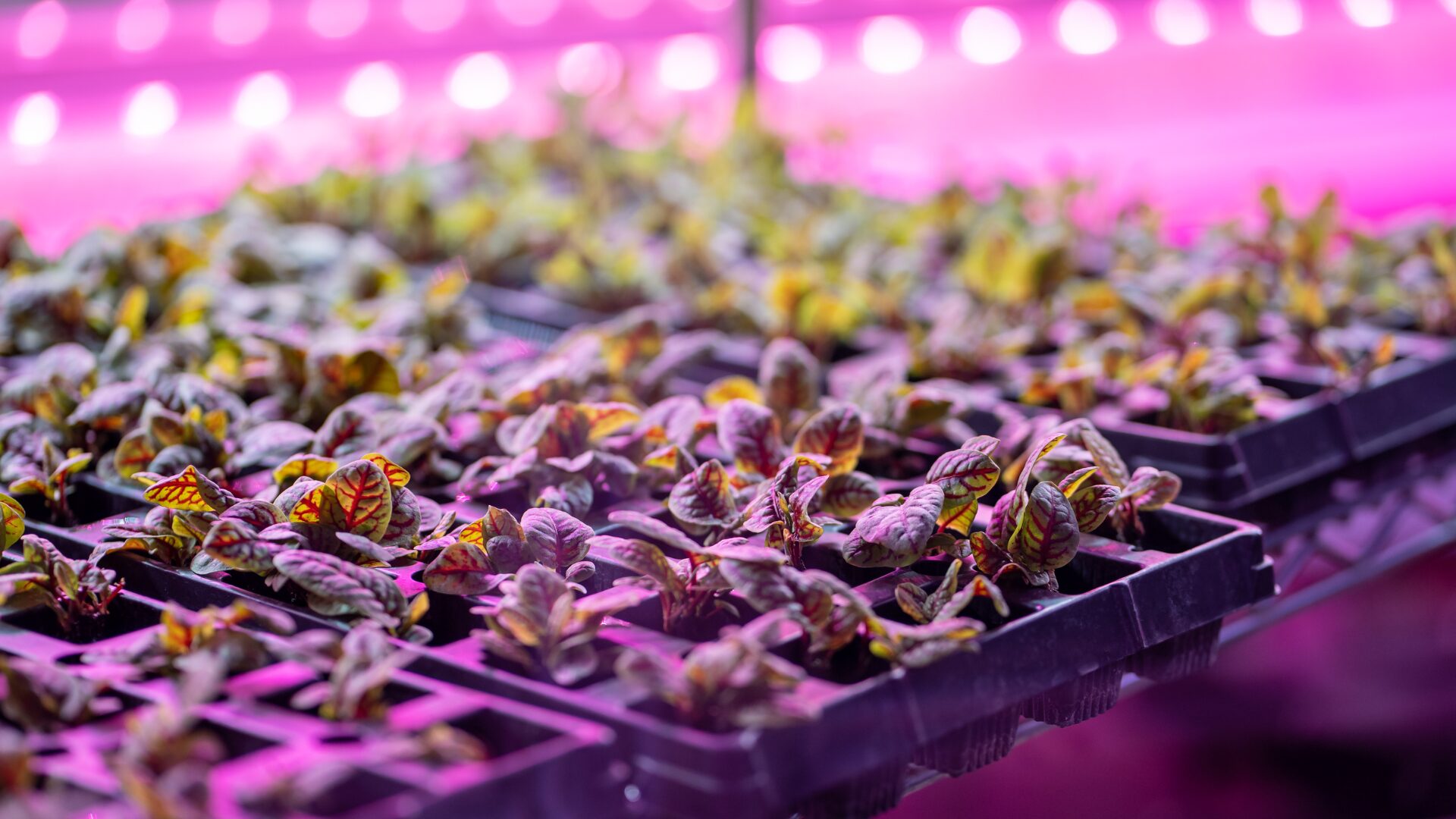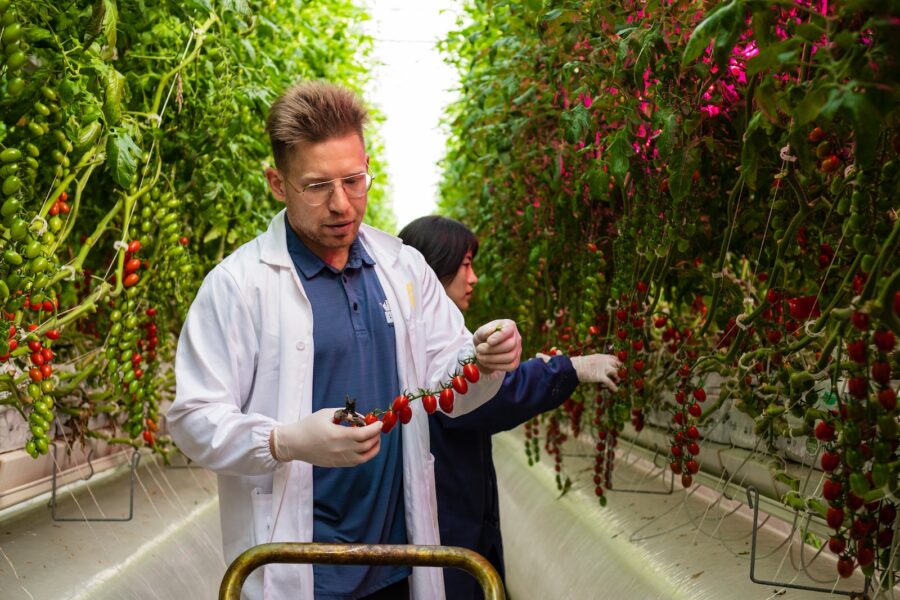The future of vertical farming is bright. Advanced technology and increasingly severe weather conditions that hurt outdoor farming are contributing to big growth, albeit from a very small base. And that growth will accelerate over the next decade.
A recent Food Institute webinar about the future of indoor farming presented three industry thought leaders: Decker Walker of Boston Consulting Group; Marc Oshima of AeroFrams; and Viraj Puri of Gotham Greens.
Walker, Boston Consulting’s global topic leader for Agribusiness, reported that investment is booming and technological innovations are making production more cost effective.
AeroFarms’ Oshima said that vertical farming optimizes plant performance by enabling:
- New varieties
- Higher quality
- Lower cost
AeroFarms vertical farms rely on the misting of plant roots with water and nutrients while controlling the spectrum of light for ultimate growing conditions. This allows farmers to control the flavor of the leafy greens they produce. AeroFarms’ FlavorSpectrumTM goes from sweet to anise, with eight flavor profiles in between.
Gotham Greens operates nine greenhouses in urban areas so it can be close to customers. Founder Puri said that the urban locations also allow the company to employ people in the community and to support hunger relief organizations such as New York City’s City Harvest. Gotham Greens currently sells to 2,500 retailers.
Following brief presentations, the panelists answered questions. Here are some of the highlights:
For Puri: Your website says that your success is due to your “farmers.” How important are the people who run the farms?
- “We are delighted to provide meaningful employment to people in urban communities. It’s cool to be a farmer and live in Brooklyn.”
For Walker: Will foodservice become a more significant customer for indoor farming companies?
- “Flavor can be better controlled with indoor farming and that appeals to chefs. I see growth in high end restaurants in particular.”
For Oshima: Is your 54,000 square-foot facility in Abu Dhabi a model for future international growth?
- “Our Abu Dhabi facility will be a state-of-the-art research center focused on indoor vertical farming and innovation. Vertical farming has tremendous international potential.”
For all: Are land-grant universities such as Cornell and UC Davis embracing indoor farming?
- Oshima: ”We are providing employment for plant scientists. The skills for indoor farming are not much different than those agricultural skills already taught at land grant universities.”
For all: Do consumers buy for taste, price or sustainability reasons?
- Puri: “Taste is the major factor for first-time purchasers. And that will continue to be why they buy.”
Ron Tanner has been observing and reporting on the food industry for more than four decades, including 33 years with the Specialty Food Association and 10 years with Progressive Grocer Magazine. He has presented hundreds of educational programs and currently serves as a senior advisor for The Food Institute.


